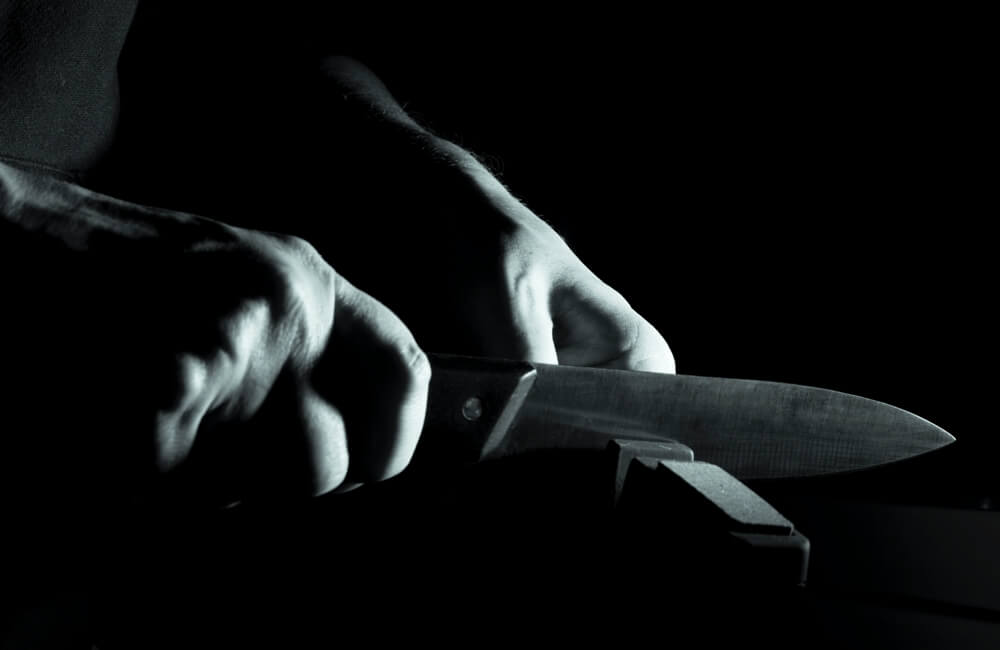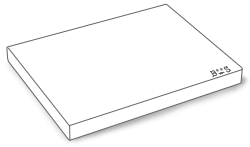
Sharpening service,
$59 for four knives,
by Knife Aid
Mail-In
Why look for a local shop when this service sends you a secure envelope to collect your blades for sharpening (insured and trackable)? Their expert knifesmiths determine the best method to renew each knife and then sends them back sharper than when you got them—guaranteed. Plus, it only takes four or five days.

Sharpening service,
$59 for four knives, by Knife Aid

Manual knife sharpener,
$119.95 by Brod & Taylor
Mechanical
Nearly as easy as having someone else do the sharpening for you, a good manual sharpener takes much of the guesswork out of the process. This one, designed by an Austrian knife maker, hones, polishes and sharpens, while the patented spring-action sharpeners quickly adjust to any blade shape for a foolproof use.

Manual knife sharpener,
$119.95 by Brod & Taylor

Japanese whetstone,
$24.23 by King
By Hand
Using a soaked whetstone, find the correct angle for your knife's blade to make contact with the stone. Korin's knife sharpening expert, Vincent Lau, suggests stacking two pennies under the knife's spine to help visualize the best angle. Keep the knife against the stone, apply subtle pressure with two fingers and pull the blade toward you, then push it away. As you go back and forth, keep in mind the sharpening action is when you pull the blade toward you, so ease up slightly when pushing forward.

Japanese whetstone,
$24.23 by King


































